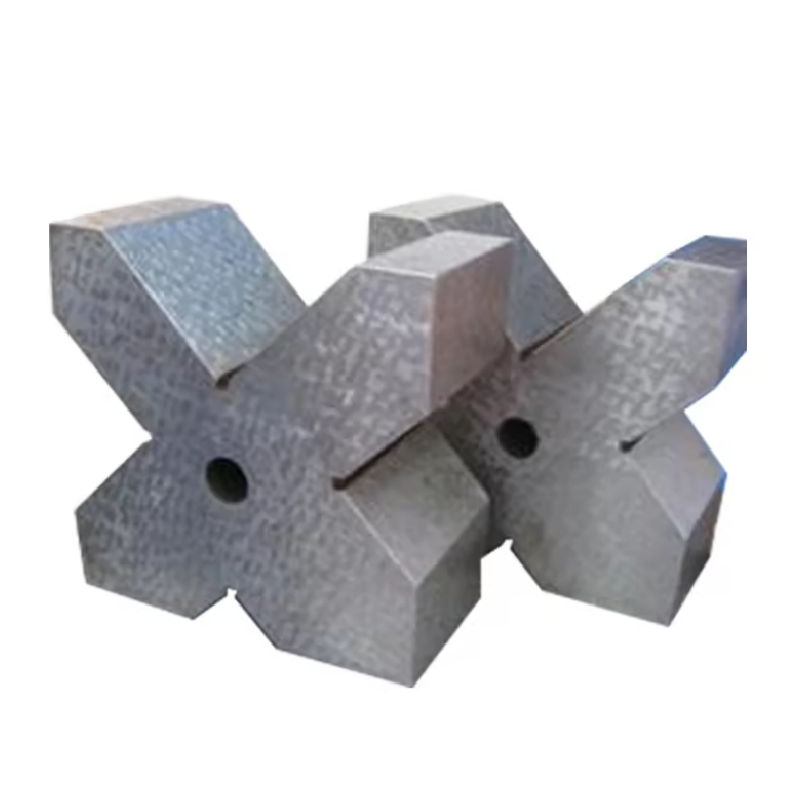Dec . 12, 2024 21:39 Back to list
butterfly valve handle types
Understanding Butterfly Valve Handle Types
Butterfly valves are critical components in various industries, playing a vital role in controlling the flow of fluids. One of the often-overlooked aspects of butterfly valves is their handle types, which can significantly impact the ease of operation, maintenance, and overall efficiency of the system. In this article, we’ll delve into the different types of butterfly valve handles, their advantages, and considerations for choosing the right one.
1. Lever Handles
Lever handles are the most common type of butterfly valve handles. They are typically designed for manual operation, providing a simple and effective means to open and close the valve. Lever handles can vary in length, which affects the amount of torque applied when turning the valve. Longer levers require less effort to operate the valve than shorter ones.
Advantages - Simple operation makes them easy to use for operators of various skill levels. - Can provide a clear visual indication of the valve's position (open or closed). - Highly suitable for smaller valves where manual operation is feasible.
Considerations - Manual operation can be labor-intensive for larger valves or in larger systems. - Lever handles may not provide the best solution for frequent use or remote operation.
2. Gear Operated Handles
For larger butterfly valves or applications that require frequent adjustments, gear-operated handles are highly effective. These handles utilize gear mechanisms that amplify the force applied by the operator, making it easier to turn heavy-duty valves.
Advantages - Reduced effort is required for operation, particularly in larger and high-pressure environments. - Gear mechanisms allow for precise control, making it easier to adjust flow rates accurately. - Suitable for applications where the valve must be operated from a distance, as they often come with extended shafts.
Considerations - Gear-operated handles can be more complex and may require more maintenance than simpler lever systems. - Increased initial cost due to the complexity of the mechanism.
butterfly valve handle types

3. Pneumatic and Electric Actuators
For automation in industrial processes, pneumatic and electric actuators are widely used to operate butterfly valves. These handles eliminate the need for manual operation and can be integrated with control systems for remote monitoring and operation.
Advantages - Allows for quick, efficient, and remote operation, ideal for processes requiring frequent or immediate adjustments. - Reduces the need for manual labor, improving safety and operational efficiency. - Can be integrated with process control systems for automated flow control.
Considerations - Higher installation and maintenance costs compared to manual options. - Dependency on power sources; pneumatic systems require a consistent air supply, while electric systems need electrical power.
4. Handwheel Handles
Handwheel handles are another common choice, particularly for larger valves where a lever might not suffice. These handles are typically circular, requiring users to rotate the wheel to open or close the valve.
Advantages - Provides a good amount of torque improvement for larger valves compared to levers. - Allows for fine-tuning of the valve position, making them suitable for flow regulation applications.
Considerations - The need for more physical effort compared to lever handles, especially in larger applications. - Not always intuitive, as users may need to remember the direction of rotation to open or close the valve.
Conclusion
The choice of butterfly valve handle types is crucial for ensuring efficient operation in various applications. From manual lever handles to automated actuated options, each type offers unique advantages and considerations. Ultimately, the best choice will depend on the specific requirements of the application, including size, frequency of use, and whether manual or automated operation is preferred. Investing in the right handle type can enhance operational efficiency, improve safety, and facilitate easier maintenance in industrial systems.
-
Flanged Gate Valve: A Reliable Choice for Industrial and Municipal SystemsNewsAug.20,2025
-
Soft Seal Gate Valve: A Modern Solution for Reliable Pipeline ControlNewsAug.20,2025
-
Gate Valve Types: Understanding the Options for Your Pipeline SystemsNewsAug.20,2025
-
Y Type Strainer: Essential for Clean and Efficient Flow SystemsNewsAug.20,2025
-
Cast Iron Y Strainer: Durable Solutions for Demanding ApplicationsNewsAug.20,2025
-
Flanged Y Strainer: An Essential Component in Industrial Filtration SystemsNewsAug.20,2025
Related PRODUCTS









